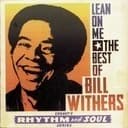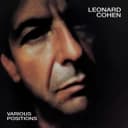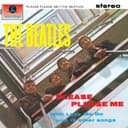The D♯ Major Pentatonic Scale follows the standard interval formula but requires complex notation. The enharmonic equivalent E♭ Major Pentatonic is universally preferred due to its three-flat key signature compared to D♯'s multiple sharps. This theoretical scale appears primarily in academic contexts or when maintaining sharp notation consistency.
Enharmonic Equivalence with E♭ Major Pentatonic
D♯ Major Pentatonic and E♭ Major Pentatonic sound identical but use different notation. E♭ Major Pentatonic's three-flat key signature is significantly more practical than D♯'s sharp notation, making it the standard choice for jazz, blues, and popular music in this key center.
Practical Applications
When working with this key center, use E♭ Major Pentatonic for all practical purposes. The scale functions beautifully over I-IV-V progressions and is essential for improvisation. Its relative minor C Minor Pentatonic shares the same notes but with a different tonal center.
Scale Relationships
The pentatonic scale derives from E♭ Major and connects to E♭ Blues. Many musicians blend major and minor pentatonic scales for expressive improvisation.





